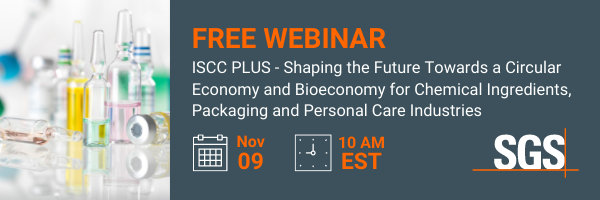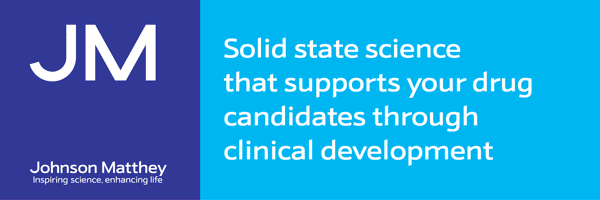Regulations & EHS&S
Elsevier/Bayer study findings could reduce animal testing in pharma 16th May 2018
A new analysis of safety reporting data by analytics group Elsevier and Bayer has identified animal tests that provide good predictability of human response.
The large-scale study, which looked at more than 1.6 million adverse events reported to the regulators in the EU and US, found that some animal tests are far more predictive of human response than others, depending on the species and symptom being reported. The findings could help researchers better determine which non-animal tests could be used, thus potentially cutting unnecessary testing on animals.
“All life science companies have a desire to decrease animal testing, and with continued pressure from governments, societies, and animal welfare groups, pharmaceutical organizations are exploring ways to do that,” said Dr Matthew Clark, Director of Scientific Services at Elsevier. “Our big data study shows that through improved analysis of data, researchers can select tests based on the species that have the most predictive relationship with a human depending on the drug in question, and therefore rule out needless testing. This is important because it enables pharmaceutical firms to continue safely and humanely innovating, while searching for the life-changing therapies that will save many patients’ lives.”
The study, published in the Journal of Regulatory Toxicology and Pharmacology, showed a high level of concordance between animal and human responses when it comes to cardiac events such as arrhythmia, but at the other end of the scale some events were uniquely reported in animals and some in humans. The knowledge of which species are most predictive for each adverse event is key to avoiding safety issues, and critical in supporting the industry’s wider to shift to adopt evidence-based medicine.
Elsevier has created a dataset that it says will offer researchers “a way to more accurately predict human risk, based on parameters such as species, adverse event, and drug formulation, allowing them to design safer and more robust clinical trials”.



